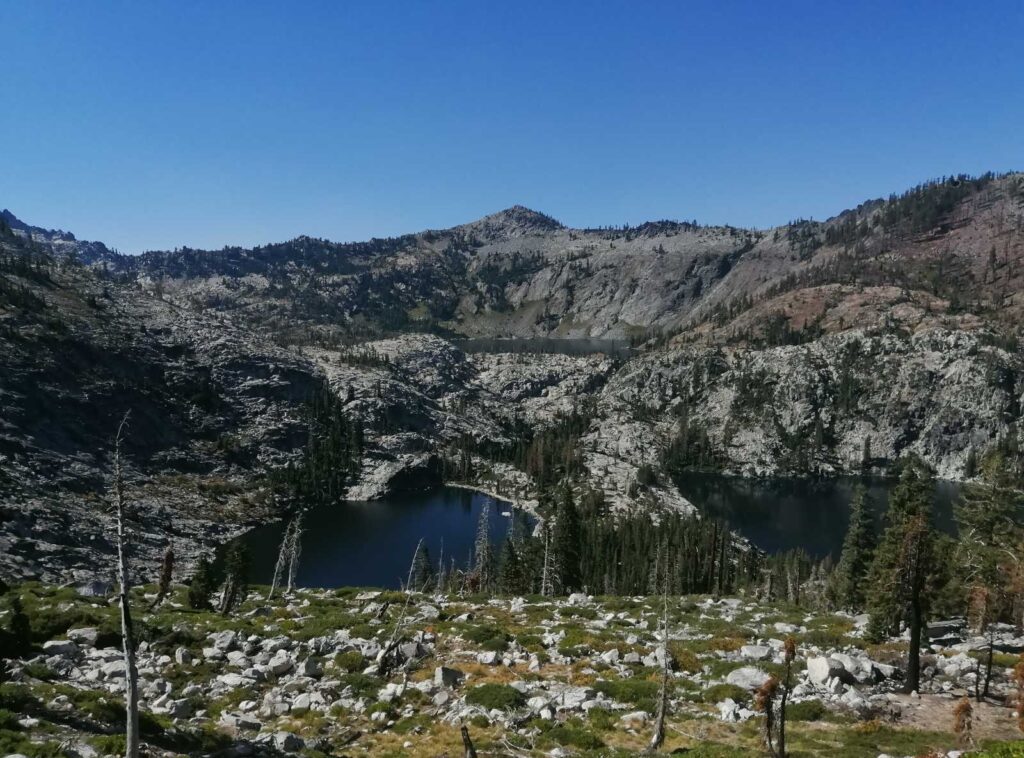B2 Reading: Environment and Sustainability

Environment and Sustainability
The Urgency of Climate Action
Climate change is one of the most pressing issues facing our planet today. It refers to long-term changes in temperature, precipitation, wind patterns, and other elements of the Earth’s climate system. Human activities, particularly the burning of fossil fuels and deforestation, are major contributors to climate change, leading to an increase in greenhouse gas emissions. These emissions trap heat in the atmosphere, causing global temperatures to rise.
The consequences of climate change are severe and wide-ranging. Rising temperatures lead to more frequent and intense heatwaves, which can cause health problems and even death. Melting ice caps and glaciers contribute to sea-level rise, threatening coastal communities and ecosystems. Extreme weather events, such as hurricanes, floods, and droughts, are becoming more common, causing significant damage to infrastructure and agriculture.
To combat climate change, immediate and sustained action is necessary. Governments, businesses, and individuals all have roles to play. Governments can implement policies to reduce greenhouse gas emissions, such as carbon pricing, renewable energy incentives, and regulations on industrial emissions. Businesses can adopt sustainable practices, like using renewable energy, reducing waste, and promoting eco-friendly products. Individuals can make lifestyle changes, such as reducing energy consumption, using public transportation, and supporting sustainable products and companies.
Transitioning to a low-carbon economy is critical for mitigating the effects of climate change. Investing in renewable energy sources, such as solar, wind, and hydroelectric power, can reduce our reliance on fossil fuels. Additionally, protecting and restoring forests can enhance their role as carbon sinks, absorbing CO2 from the atmosphere. Technological innovations, such as electric vehicles and energy-efficient appliances, can also contribute to a more sustainable future.
Climate action is not only an environmental necessity but also an economic opportunity. The transition to a green economy can create jobs, drive innovation, and promote sustainable development. By taking bold and coordinated action now, we can ensure a healthier planet for future generations.
Comprehension Questions:
- What is climate change, and what are its primary causes?
- How does climate change affect global temperatures and weather patterns?
- What are some of the severe consequences of climate change mentioned in the article?
- What roles can governments, businesses, and individuals play in combating climate change?
- Why is investing in renewable energy sources important for mitigating climate change?
Sustainable Living: Steps You Can Take
Embracing a Sustainable Lifestyle
Living sustainably means making choices that reduce your environmental impact and contribute to the well-being of the planet. While it may seem challenging, there are many practical steps you can take to live more sustainably and make a positive difference.
One of the most effective ways to live sustainably is to reduce, reuse, and recycle. Reducing waste starts with mindful consumption—buying only what you need and choosing products with minimal packaging. Reusing items, such as shopping bags, containers, and clothing, can significantly cut down on waste. Recycling materials like paper, plastic, glass, and metal ensures that they are processed and made into new products, reducing the need for raw materials.
Energy conservation is another key aspect of sustainable living. Simple actions like turning off lights when not in use, using energy-efficient appliances, and setting your thermostat wisely can reduce your energy consumption. Additionally, investing in renewable energy sources, such as solar panels, can further decrease your carbon footprint.
Transportation choices also have a significant impact on sustainability. Opting for public transportation, carpooling, biking, or walking instead of driving alone can reduce greenhouse gas emissions. For those who need to drive, choosing fuel-efficient or electric vehicles can make a big difference.
Water conservation is essential in sustainable living. Taking shorter showers, fixing leaks, and using water-saving fixtures can help conserve this precious resource. Collecting rainwater for gardening and using drought-resistant plants can also reduce water usage.
Supporting sustainable products and companies is another way to live more sustainably. Look for products that are made from recycled materials, are energy-efficient, or are produced through fair trade practices. Supporting local businesses and farmers can reduce the environmental impact of transportation and promote the local economy.
Lastly, staying informed and advocating for environmental policies can amplify your impact. Educate yourself about environmental issues, support organizations working for sustainability, and encourage your community to adopt greener practices.
By incorporating these practices into your daily life, you can contribute to a more sustainable future and help protect the planet for generations to come.
Comprehension Questions:
- What are the three key actions mentioned for reducing waste?
- How can energy conservation be achieved at home?
- What are some sustainable transportation options?
- Why is water conservation important, and what are some ways to achieve it?
- How can supporting sustainable products and companies contribute to sustainability?
